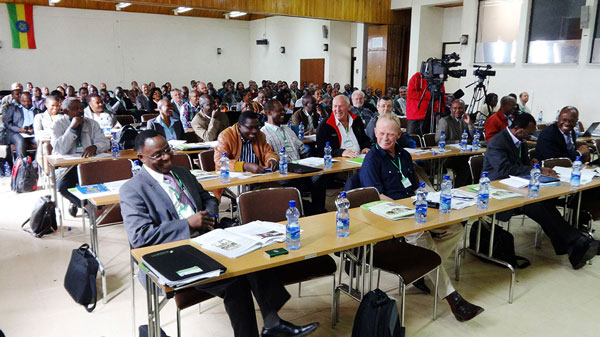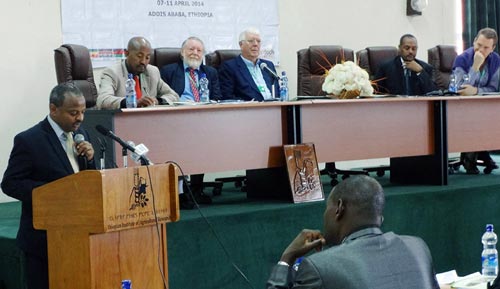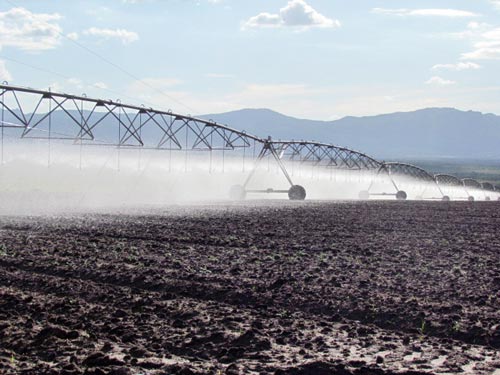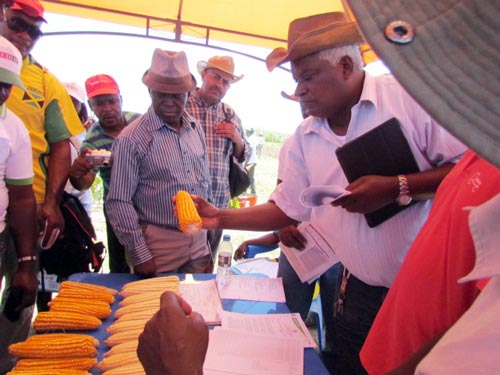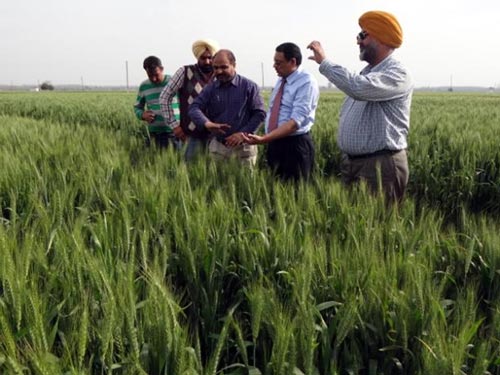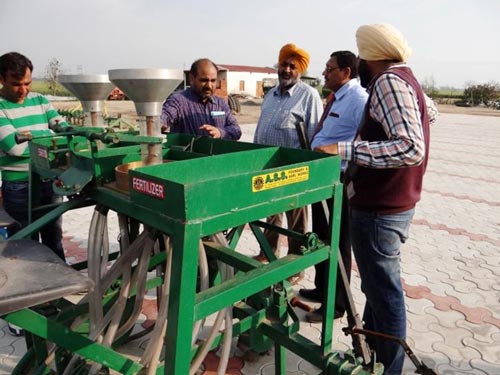“A taste of the new CIMMYT”: DG shares vision with fund council
By Karen Willenbrecht/CIMMYT
Dr. Thomas A. Lumpkin, CIMMYT director general, welcomed members of the CGIAR Fund Council to the El Batán campus on 9 May by promising them “a taste of the new CIMMYT.”
The Fund Council, a representative body of donors and other stakeholders, is the decision-making body of the CGIAR Fund. Its first onsite meeting of 2014 was held 7-8 May in Mexico City, hosted by Mexico’s SAGARPA, and many of the members visited the El Batán campus the following day for a series of presentations and tours that gave them a first-hand look at CIMMYT’s work. Lumpkin opened the day with an overview of CIMMYT’s unique history and its value to the international community, reminding the council members that in some developing countries, up to 90 percent of wheat and maize crops are from CIMMYT-derived seeds.
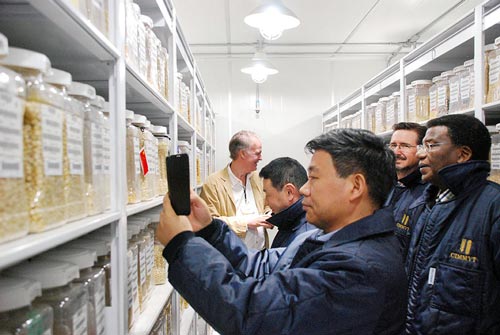
He also outlined some of the challenges and achievements in the regions where CIMMYT operates:
Africa
The continent is spending US $18 billion per year on wheat imports, Lumpkin said, but it is capable of growing enough wheat to meet all its demand with the right farming methods, training and policy environment. High temperatures and droughts brought on by climate fluctuations pose a severe problem, as do epidemics of new diseases. However, the quick response to the appearance of maize lethal necrosis (MLN) provides a model for responding to future diseases —thanks to generous funding from the Bill & Melinda Gates Foundation and ingenious work by CIMMYT scientists, we were able to begin releasing MLN-resistant germplasm in just two years.
Americas
MasAgro is an exciting initiative that has already posted impressive gains in Mexico’s national effort to increase grain production and reduce hunger. In the past year, CIMMYT has reorganized the program to align with the Mexican government’s National Crusade Against Hunger (Cruzada Nacional Contra el Hambre). In addition to ongoing work in Colombia, recent visits by government representatives of Bolivia and Ecuador mean that CIMMYT’s work in Latin America may expand.
South Asia
Constraints to germplasm exchange are a major challenge in the region, and the impact of climate change, population growth and water shortages is most acute here. CIMMYT’s expertise can help farmers make the necessary shift from water-intensive rice to cotton and maize. The Borlaug Institute for South Asia (BISA) is a bright spot in the region, already hosting field days that draw thousands of farmers. Lumpkin then shared some of the recent successes of the CRPs. From MAIZE, he singled out the Striga weed management program; the increase in maize seed fortified with essential nutrients; and small farm mechanization, with a particular focus on developing equipment that women farmers can comfortably use. Highlights from the WHEAT program include the adoption of zero-tillage in Kazakhstan and the wheat boom in Ethiopia, where yields have doubled in a decade.
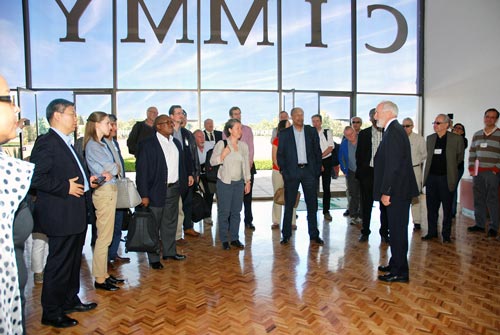
From there, Lumpkin moved on to the future of CIMMYT, which will continue to undergo rapid growth and change. Exciting new programs and technologies will shape the way we fulfill our mission:
BISA
Launched in 2011 in collaboration with the Indian Council for Agricultural Research (ICAR), the institute now has full UN privileges and is working to improve the region’s agricultural practices. An example of the way BISA is helping Indian farmers is a technique that allows them to seed wheat into standing cotton, saving them a month of growing time. The president of Pakistan has agreed to co-fund the institute in his country, Lumpkin said, and the U.S. ambassador to Pakistan will fund new facilities and a farm.
International Wheat Yield Project (IWYP)
CIMMYT is part of a new international consortium that seeks to improve wheat yield by 50 percent within 20 years. The type of project that IWYP may fund is an effort to increase the photosynthetic efficiency of wheat from 1 percent to 1.5 percent. While the amount of change may seem insignificant, such a breakthrough would have enormous impact, allowing farmers to grow more wheat on the same amount of land using no more water, fertilizer or labor. Seed funding by MasAgro helped begin the funding pledges, which are currently at US $50 million.
Technology
Lumpkin singled out several technologies in use or in the pipeline that will increase yields and help mitigate the effects of climate change, water shortages and disease epidemics: • Doubled haploid maize inducer lines developed for the tropics.
• Use of helicopter- and blimp-mounted drone sensors to take quick, accurate measurements in the fields.
• The GreenSeeker system, which is already saving participating Mexican farmers US $100/hectare.
• Hybrid wheat – The quest for hybrid wheat varieties is so important to the world food supply that big companies have teamed up with CIMMYT to achieve that goal while still looking out for the developing world.
The past and future changes at CIMMYT can perhaps best be summarized by the evolving attitude toward our gene bank, which houses more than 175,000 accessions and is the largest in the world. In the past, Lumpkin said, the gene bank was regarded as a museum. But today, as through projects like Seeds of Discovery, CIMMYT scientists carefully analyze the small variations among the accessions, aware that those might lead to big discoveries. “The gene bank,” Lumpkin said, “is not a museum.”
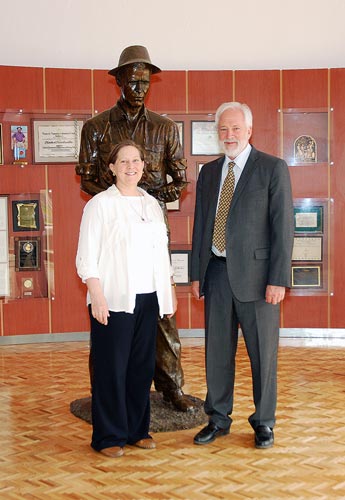
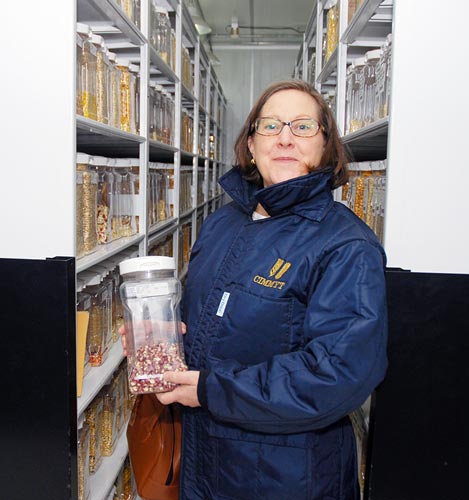
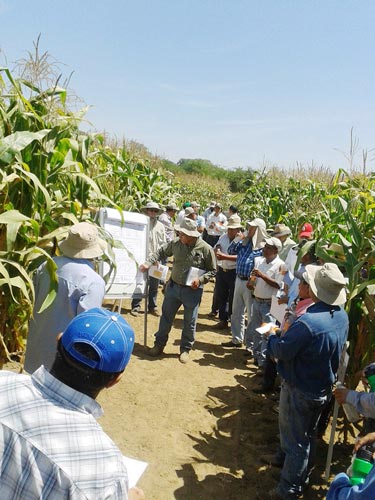
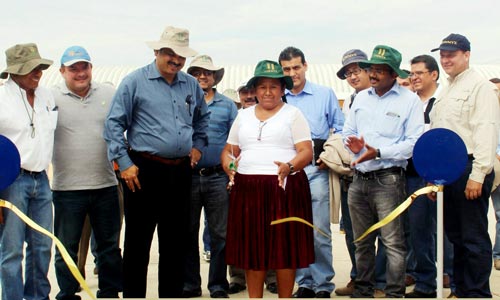

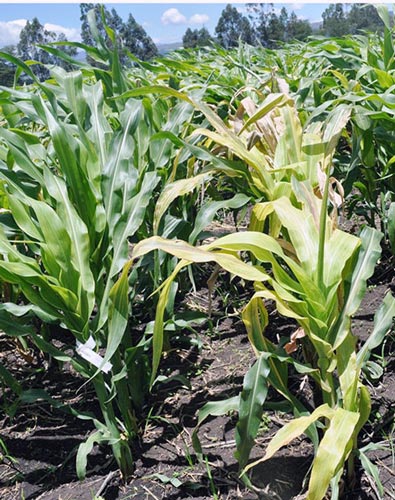 Since 2011 MLN has become a disease of serious concern in the east African countries of Kenya, Tanzania, Uganda and possibly Rwanda. CIMMYT has been working in close collaboration with the Kenya Agricultural Research Institute (KARI), private sector partners and virology experts from the USA to combat the disease through host-controlled resistance. A CIMMYT-KARI MLN Screening Facility was established at Naivasha in September 2013, and a large array of maize germplasm is presently being evaluated against the disease under artificial inoculation. Subsequent to the development of effective protocols, CIMMYT and KARI have been conducting MLN screening trials in Kenya since 2012, to identify promising inbred lines and pre-commercial maize hybrids with resistance to MLN. This is the second update of the information on potential MLN-resistant or moderately resistant inbred lines and pre-commercial hybrids (in CIMMYT genetic backgrounds), following the first update that was shared with public and private sector partners in May 2013.
Since 2011 MLN has become a disease of serious concern in the east African countries of Kenya, Tanzania, Uganda and possibly Rwanda. CIMMYT has been working in close collaboration with the Kenya Agricultural Research Institute (KARI), private sector partners and virology experts from the USA to combat the disease through host-controlled resistance. A CIMMYT-KARI MLN Screening Facility was established at Naivasha in September 2013, and a large array of maize germplasm is presently being evaluated against the disease under artificial inoculation. Subsequent to the development of effective protocols, CIMMYT and KARI have been conducting MLN screening trials in Kenya since 2012, to identify promising inbred lines and pre-commercial maize hybrids with resistance to MLN. This is the second update of the information on potential MLN-resistant or moderately resistant inbred lines and pre-commercial hybrids (in CIMMYT genetic backgrounds), following the first update that was shared with public and private sector partners in May 2013.

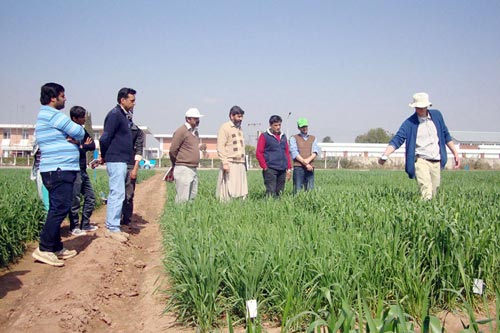
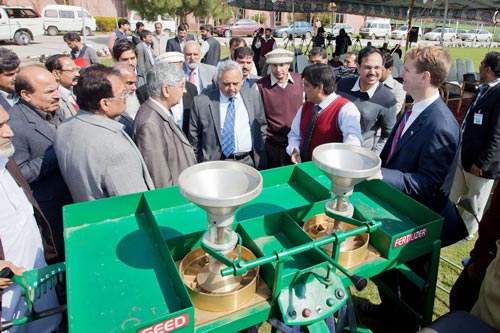
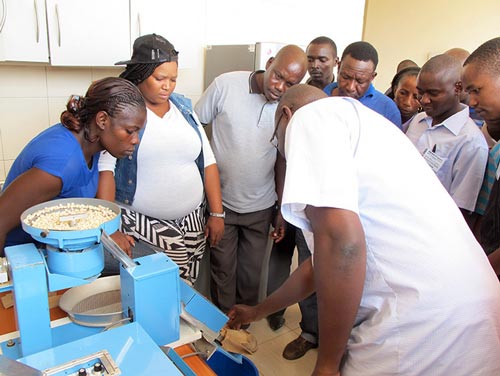


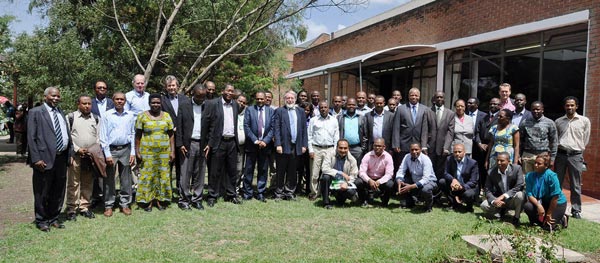
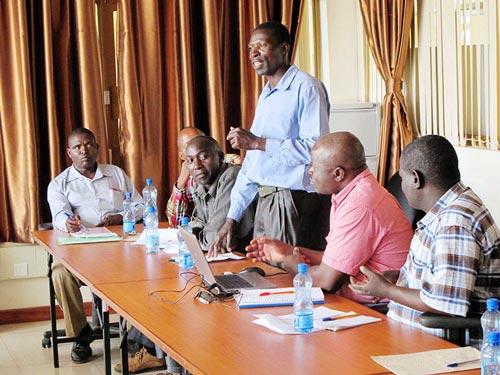
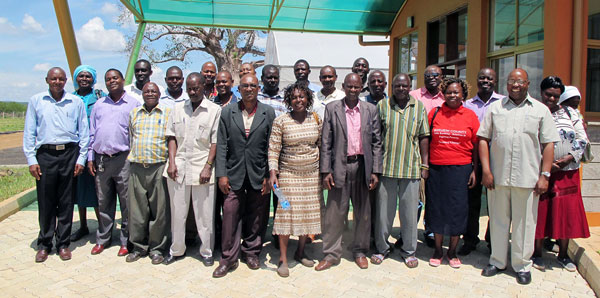
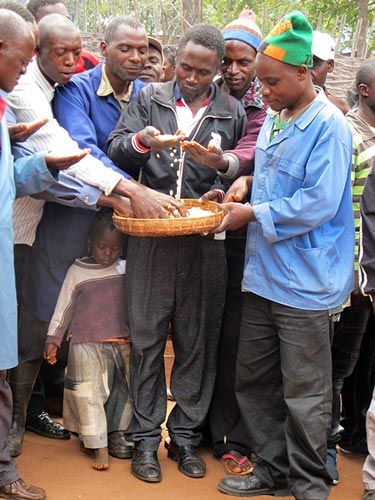
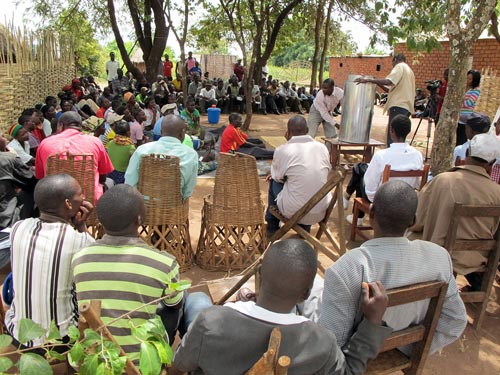
 By Seifu Mahifere/CIMMYT
By Seifu Mahifere/CIMMYT